In the world of manufacturing, molds are indispensable tools that shape materials into the desired forms. This article will explore the working principles of Ventilation Grille Molds, the applications of Ventilation Fan Molds, and the origins of Die Cast Aluminum Molds, providing a comprehensive understanding of these essential components in the manufacturing process.
Ventilation Grille Molds are specialized tools designed to create ventilation grates or grilles, which are crucial for air circulation in various settings, from residential to commercial spaces. The working principle of these molds revolves around the process of molding the grille's intricate design and structure.
The process begins with the design phase, where engineers and designers collaborate to create a blueprint that meets the required specifications. Once the design is finalized, it is transferred to the mold-making process. The mold is crafted with precision, ensuring that every detail of the grille design is accurately represented.
During the molding process, the material, often a plastic or metal, is heated until it reaches a molten state. This molten material is then injected into the mold under high pressure. As the material cools and solidifies, it takes the shape of the mold, forming the ventilation grille. Once fully cooled, the mold is opened, and the finished grille is removed, ready for further processing or installation.
The Use of Ventilation Fan Molds
Ventilation Fan Molds are used in the production of fans that are essential for maintaining air circulation and temperature regulation in various environments. These molds are designed to create the fan's housing, blades, and other components with high precision and consistency.
The use of Ventilation Fan Molds is widespread across industries, including automotive, aerospace, electronics, and residential applications. In the automotive industry, for instance, these molds are used to produce fans that help cool engines and other components. In residential settings, ventilation fans are used in bathrooms and kitchens to remove moisture and odors.
The molds are designed to accommodate the specific requirements of the fan, such as size, shape, and the number of blades. The material used in the molds can vary depending on the application, with plastics, metals, and composites being common choices. The molding process for ventilation fans typically involves techniques such as injection molding, blow molding, or compression molding, depending on the complexity of the fan design and the material used.
The Origin of Die Cast Aluminum Molds
Die Cast Aluminum Molds have a rich history that dates back to the early days of metal casting. The origin of these molds can be traced to ancient civilizations that utilized metal casting techniques to create tools, weapons, and decorative items.
The principle of die casting involves forcing molten metal under high pressure into a mold cavity. This process was initially used with various metals, but aluminum emerged as a popular choice due to its lightweight, high strength, and good thermal conductivity properties.
The development of Die Cast Aluminum Molds has evolved significantly over the years, with advancements in technology and materials. Early die casting machines were manual and labor-intensive, but with the advent of automation and computer-aided design (CAD), the process has become more efficient and precise.
Today, Die Cast Aluminum Molds are used in a wide range of applications, from automotive parts to consumer electronics and aerospace components. The versatility of aluminum, combined with the precision of die casting, allows for the production of complex and intricate parts with high dimensional accuracy and surface finish.

 English
English 中文简体
中文简体 русский
русский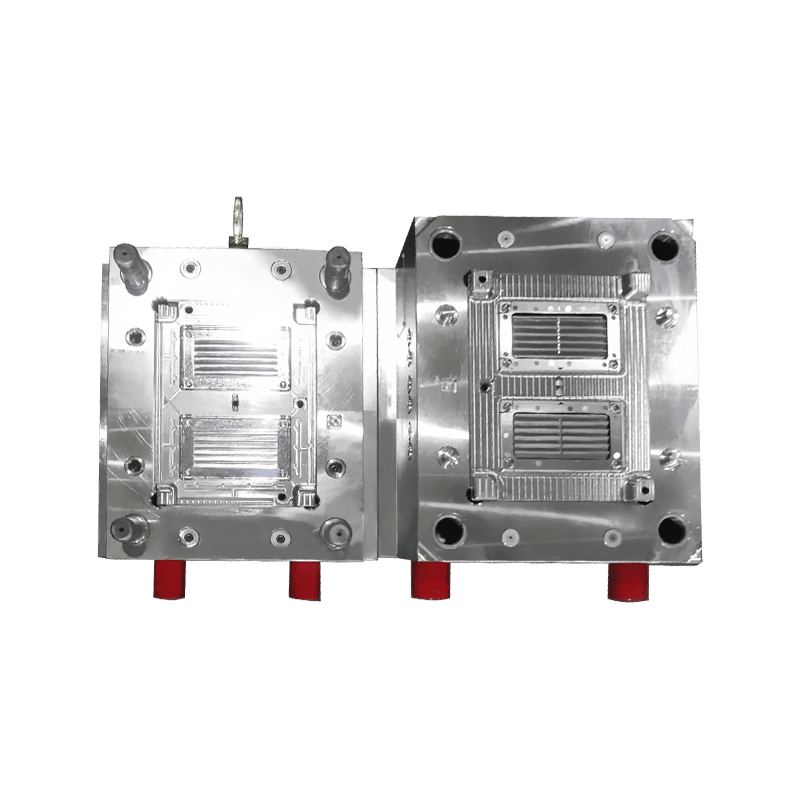
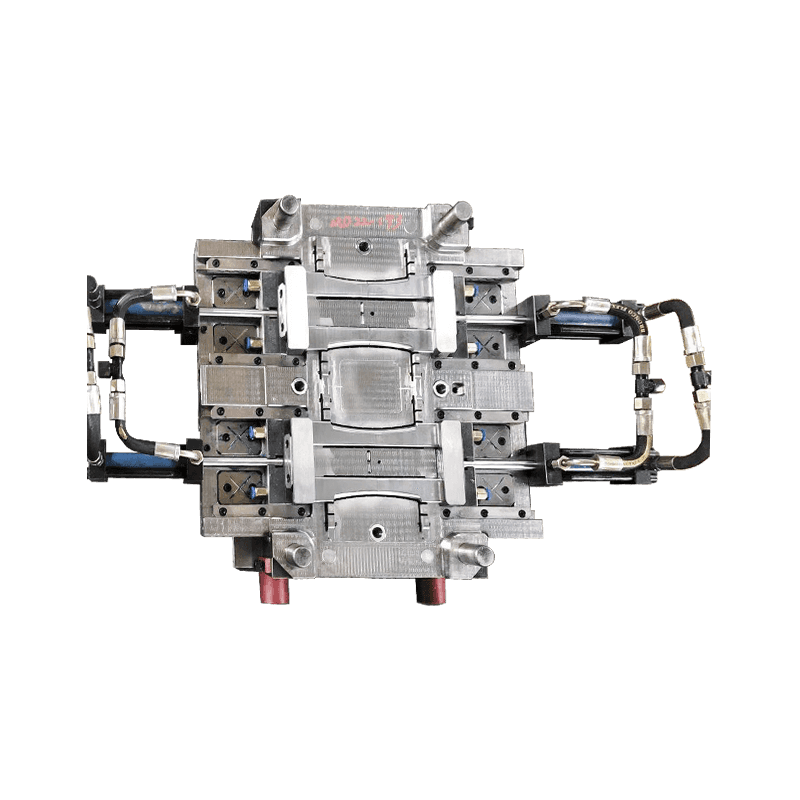
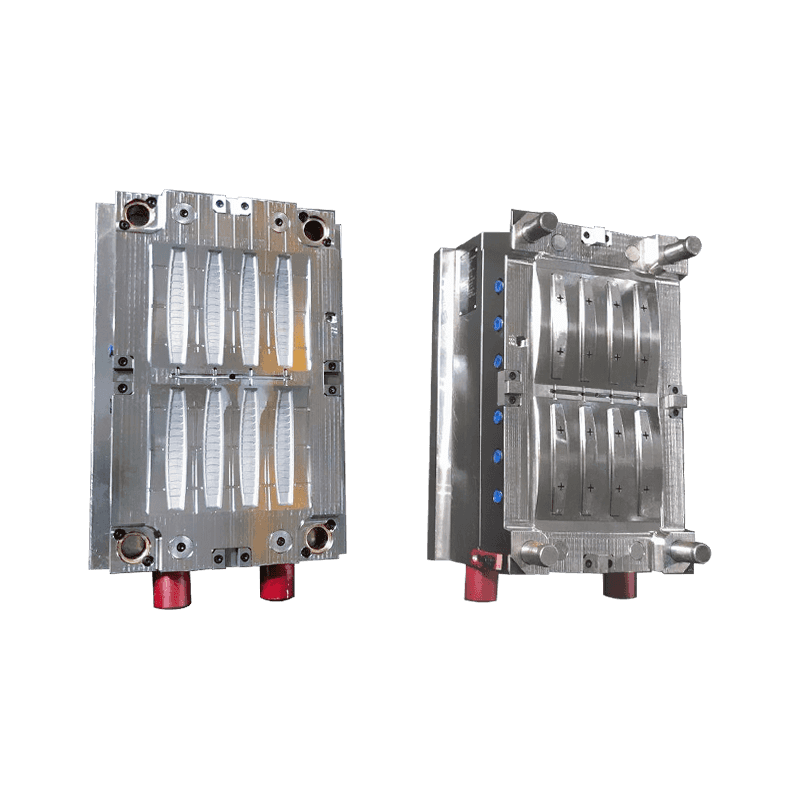
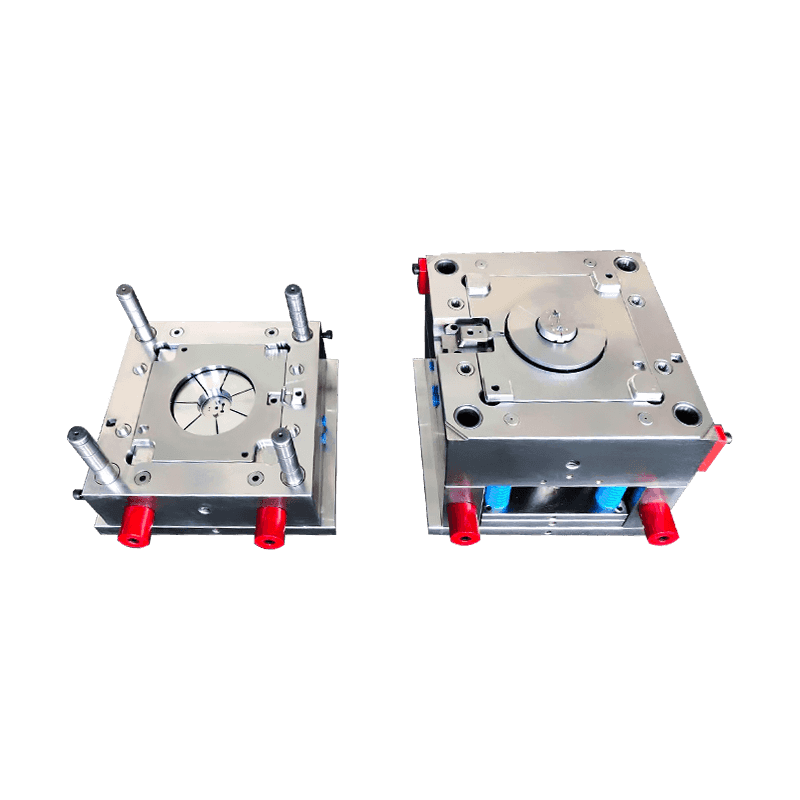
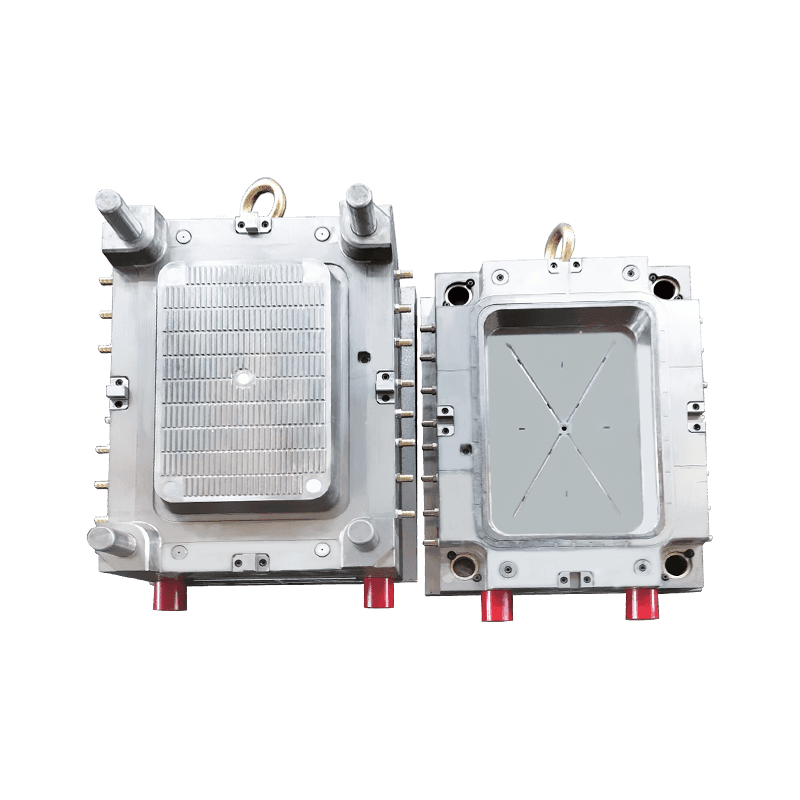
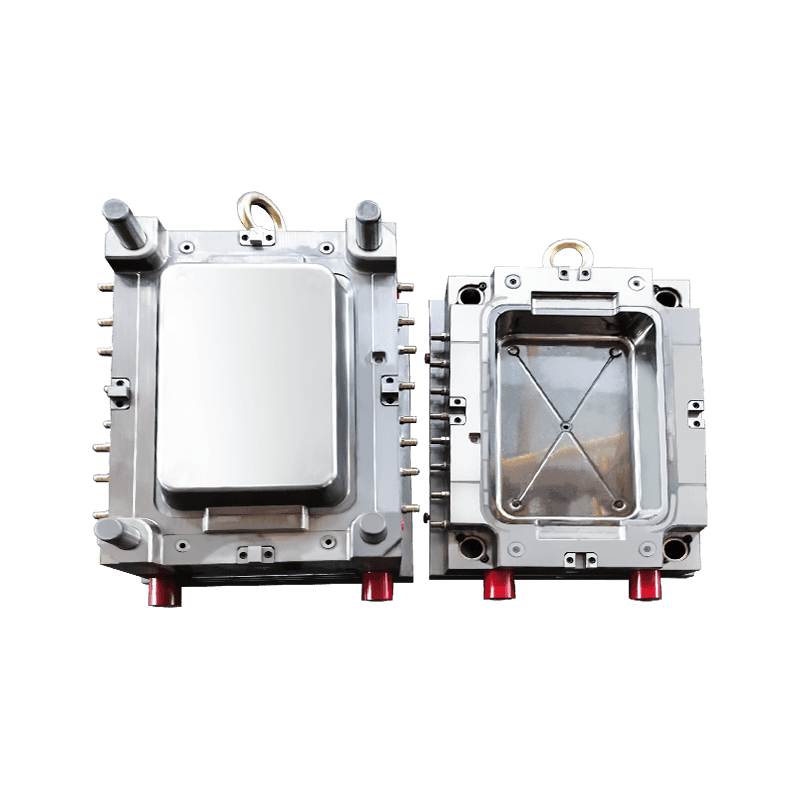
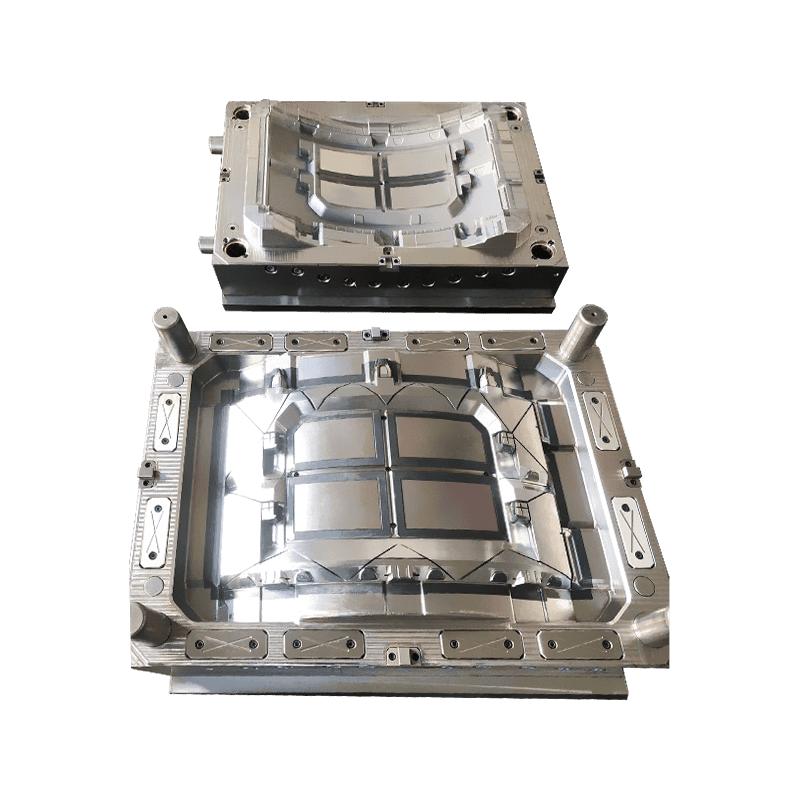
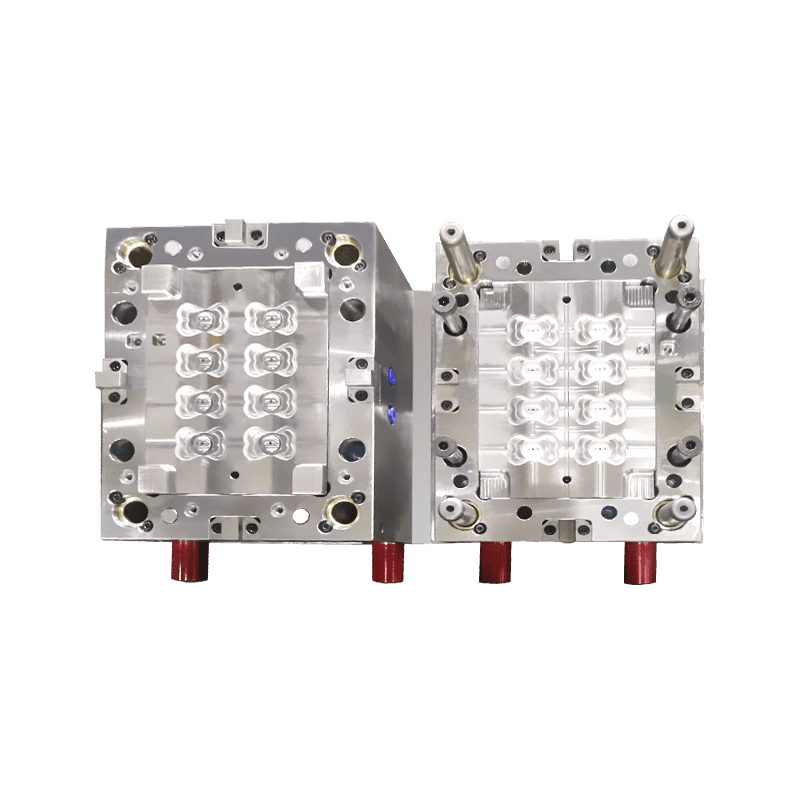
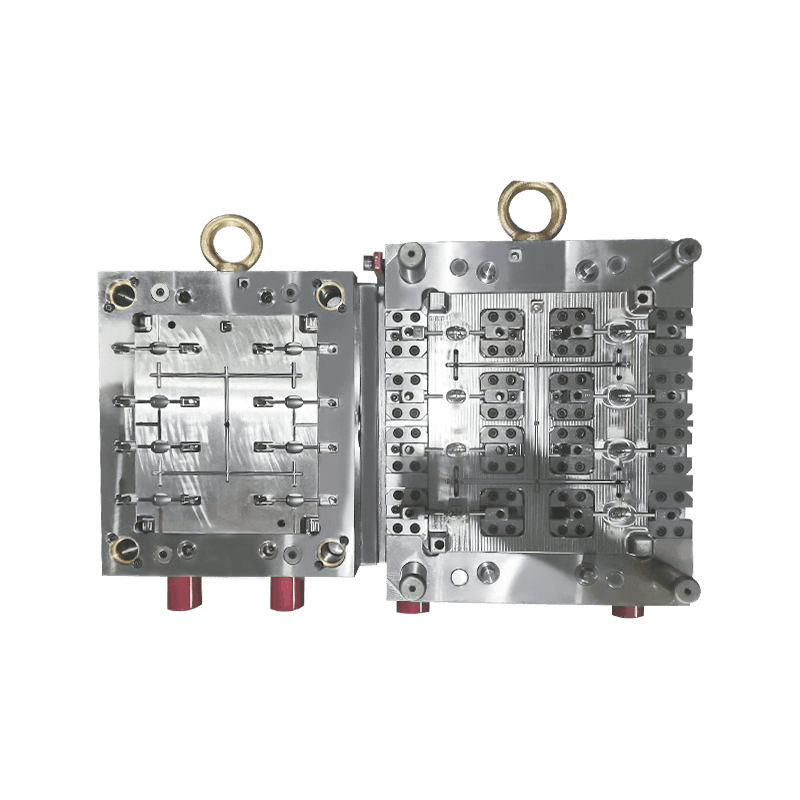
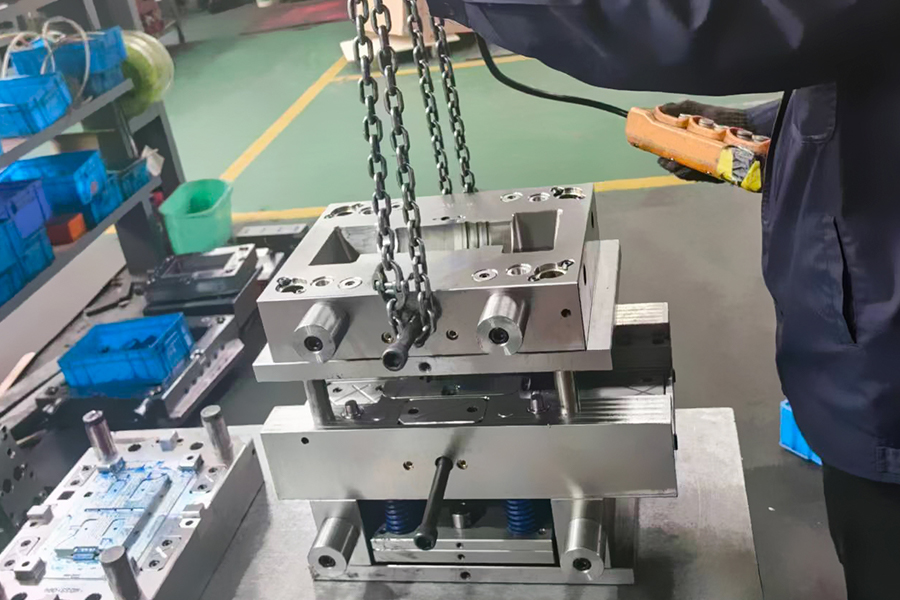


Contact Us